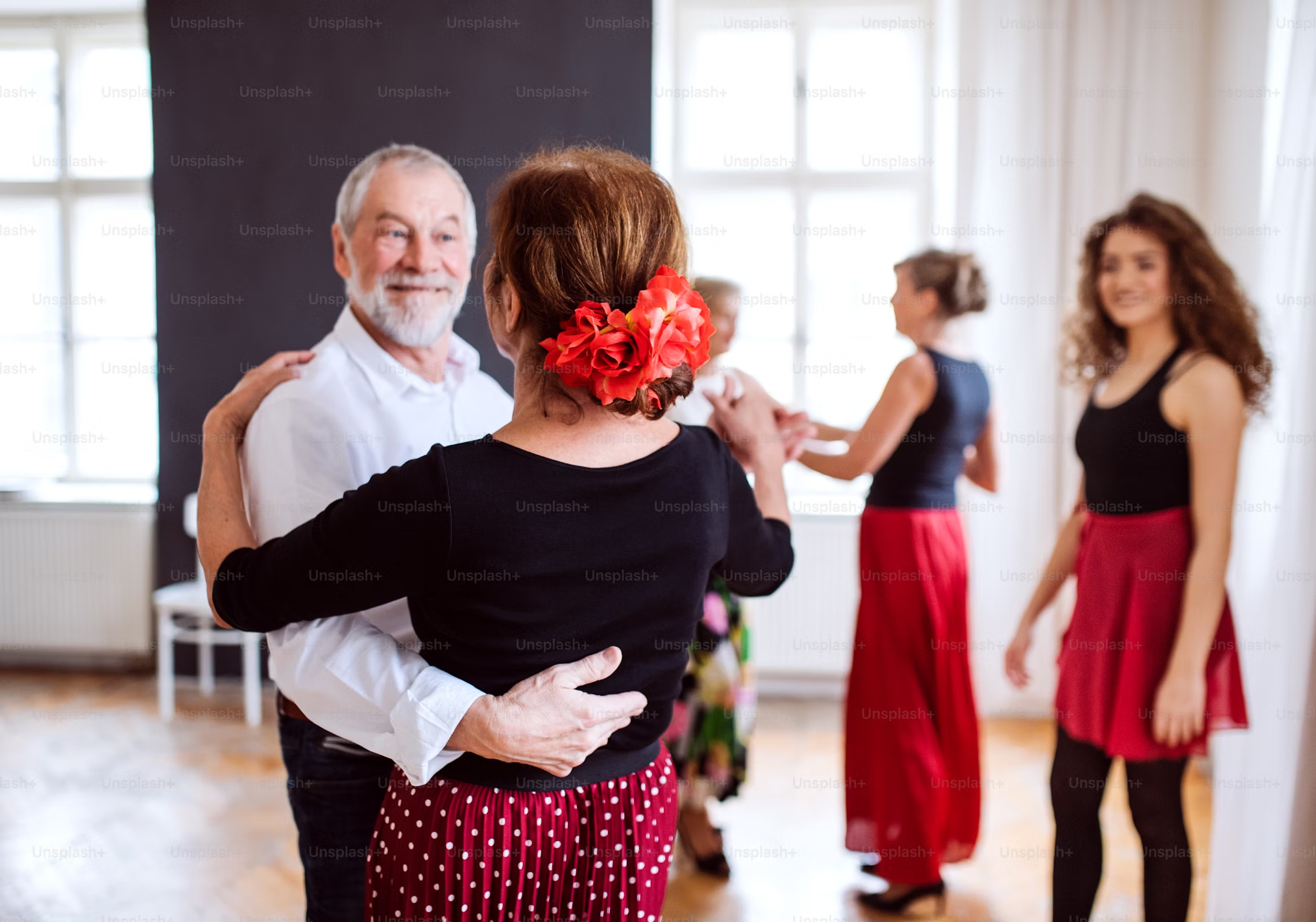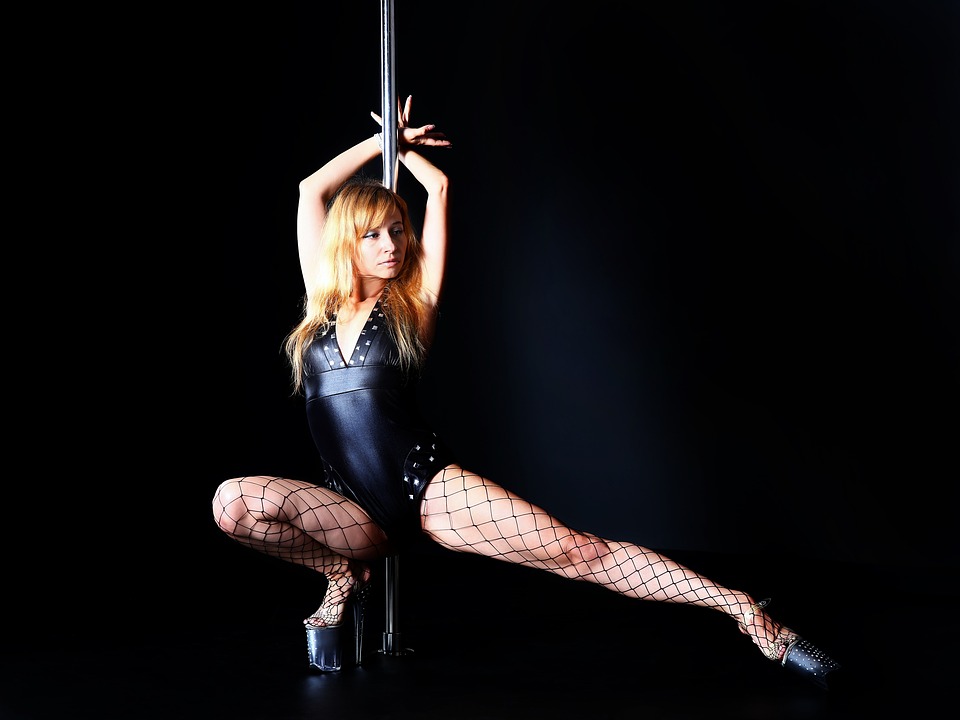
Summary
Reunionese dance: at the heart of Creole traditions
Are you curious to discover Reunionese dances? This article is made for you. Reunionese dance is a pillar of Creole culture, combining history and tradition.
Immerse yourself in the world of Maloya and Séga, two emblematic dances of Reunion Island. Learn their origins, their basic steps and where to take lessons to get started. Also discover how these dances evolve and are transmitted to new generations.
Ready to explore these captivating rhythms? Read on to learn everything about Reunionese dances and enrich your culture.
Summary
Presentation of Reunionese dance
Reunionese dance is a true jewel of Creole culture. It embodies the soul and history of Reunion Island, mixing African rhythms, European influences and Indian traditions. During parties and celebrations, dance takes a central place, transforming each event into a vibrant spectacle of life and emotion.
Imagine yourself at a party in Reunion Island, where music starts playing and people get up to dance. The conviviality is palpable, and everyone, young and old, lets themselves be carried away by the captivating rhythms of Sega and Maloya. These dances are not only entertainment, they are also means of expression, cultural heritage passed down from generation to generation.
By following this article, you will delve into the fascinating history of Reunionese dances, discover the basic steps, and learn how you too can learn about these captivating dances.
Origins and history of Reunionese dances
The Maloya
Maloya is much more than just a dance; it is a powerful symbol of resistance and memory. Originating from African slaves who arrived in Reunion in the 18th century, Maloya was born from suffering and the quest for freedom. Maloya songs and dances express the pain of oppression, while celebrating resilience and hope.
The rhythms of Maloya are hypnotic, marked by traditional drums and instruments like the kayamb and the roulade. The dance itself is a mixture of fluid and powerful movements, embodying the spirit of struggle and celebration. Among famous songs, “Batarsité” by Danyel Waro is an iconic anthem, recognized for its poignant message and captivating melodies.
The Sega
Séga, for its part, is a more festive and playful dance. Its origins also date back to the era of slavery, but it has evolved over time, incorporating European, African and Indian influences. Séga was originally a dance for slaves to entertain themselves and forget their sorrows.
Over the centuries, Séga has undergone a transformation, becoming the popular dance of Reunion Island. Today, Séga is omnipresent at parties and celebrations. A famous anecdote tells how, during a party hosted by the group Cassiya, the participants danced until dawn, intoxicated by the rhythms and energy of Séga.
Maloya and Séga are the pillars of Reunion’s musical culture. Maloya, with its deep roots in the history of slavery, and Séga, lighter and more festive, each tell in their own way the rich and complex history of Reunion Island. These dances, in perpetual evolution, continue to captivate and unite the people of Reunion around their common heritage.
The different styles of Reunionese dances
Couple dances
The traditional Sega
Traditional Séga is a joyful and rhythmic couple dance. The basic steps are simple: gliding foot movements and hips swinging rhythmically. The dancers wear colorful and light outfits, the women in ruffled dresses and the men in patterned shirts, reflecting the festive atmosphere of the island. Traditional Séga is often danced during festivals and celebrations, where it creates a friendly and lively atmosphere.
The modern Sega
Modern Séga evolved by incorporating outside influences such as salsa, zouk and other Caribbean dances. This style is more dynamic and attractive, particularly among young Reunion Islanders. The movements are more varied, incorporating more complex figures and steps. This modernization of Séga has allowed it to remain relevant and popular, crossing generations and adapting to new musical trends.
Group dances
The Maloya
Maloya is a group dance deeply rooted in Reunionese history and culture. Movements are often collective, symbolizing unity and resistance. Maloya's gestures and words have deep meanings, each movement telling a story, each song a tribute to the ancestors. The choreographies are accompanied by percussion, creating a captivating and hypnotic atmosphere.
The Pestle
The Pilón, of African origin, is a group dance linked to the religious and spiritual traditions of Reunion Island. The movements are vigorous and rhythmic, often performed around a pestle used for pounding rice, from which the dance takes its name. The Pilón is often danced during traditional ceremonies, where it plays an essential role in rituals and religious celebrations. It bears witness to the richness and diversity of the cultural influences that make up the Reunionese identity.
These different styles of Reunionese dances, whether danced as a couple or in a group, offer a fascinating insight into the island's culture. They reflect the history, traditions and festive spirit of Reunion Island, allowing everyone to connect with the past while celebrating the present.
Learn to dance Reunionese dances
Classes and workshops
Learning to dance Reunionese dances is an enriching adventure. Many courses and workshops are available, whether in cultural centers, dance schools or even online. Participating in a dance class allows you to benefit from the experience and advice of an experienced teacher, who will guide you step by step.
Taking classes offers several advantages: you learn the correct techniques, progress quickly and have the opportunity to meet other dance enthusiasts. These interactions enrich your learning and make the experience even more enjoyable. Additionally, dance classes are often accompanied by explanations of the history and meaning of the movements, allowing you to better understand and appreciate Reunionese culture.
Step-by-step tutorials
Sega for beginners
To get started with the Séga, it is essential to master the basic steps. The main movement is to slide the feet rhythmically, while swinging the hips. Here's a simple guide to getting started:
- Starting position : Stand with your feet slightly apart.
- No basis : Slide the right foot forward, then return it to the initial position. Do the same with the left foot.
- Hip movement : Gently rock the hips from side to side following the rhythm.
Tip: listen to a lot of Sega music to get the rhythm and cadence right.
Maloya for beginners
Maloya requires particular attention to rhythm and bodily expression. Here are some steps to get you started:
- Arm movements : Raise your arms alternately, as if to mark time.
- No basis : Step your right foot forward, then your left, following the rhythm of the drums.
- Expression : Let yourself be carried away by the music and express your emotions through the movements.
The importance of rhythm is crucial in Maloya. Listen carefully to the percussion to synchronize your movements with the music.
Learning to dance Séga and Maloya can seem intimidating at first, but with practice and passion, you will quickly find your rhythm. Whether you choose to take lessons or learn on your own through tutorials, the important thing is to immerse yourself in the music and have fun. Reunionese dance is above all a celebration of life and culture.
Preserve and transmit these traditions
The preservation and transmission of Reunionese dances are essential to keeping this unique cultural heritage alive. Several local initiatives work to promote these traditions, making them accessible to new generations.
Local initiatives to promote Reunionese dances
Many cultural associations and organizations in Reunion are dedicated to promoting traditional dances. They organize workshops, shows and festivals to raise public awareness and transmit this ancestral knowledge. For example, events like the Liberté Métisse Festival celebrate Maloya and Séga through performances and workshops open to all.
Importance of passing on to new generations
Transmitting Reunionese dances to young people is crucial to perpetuate this cultural richness. Schools are increasingly integrating traditional dance classes into their curriculum. By learning from a young age, children develop a strong connection to their heritage and pride in their roots. In addition, dance competitions and school shows allow young people to show their talent and continue to keep these traditions alive.
Preserving and transmitting Reunionese dances is therefore a collective mission. Thanks to the commitment of associations, schools and the community, these dances continue to live and evolve, while remaining faithful to their origins. Everyone can contribute to this transmission, whether by participating in courses, attending shows or simply by sharing this culture with the youngest.
Conclusion
Reunionese dance is a unique cultural wealth. Between Maloya and Séga, these dances tell the history and traditions of Reunion Island. They are accessible to everyone thanks to courses and tutorials.
To learn Séga or Maloya, courses and workshops are available. Local initiatives make it possible to preserve and transmit these dances to new generations. Reunionese dance is alive and evolves over time.
Want to know more about traditional cultures? Discover our articles on Reunionese cuisine and local festivals. Immerse yourself in the Creole world and enrich your knowledge.
Full immersion dance at DECIBEL
If you like to combine dance and cardio, DECIBEL® is perfect for you. In 45 minutes, our dynamic classes mix dance and fitness to boost your endurance and sculpt your figure.
Enjoy varied and energetic choreographies in a friendly atmosphere. Our motivating coaches will help you tone your abs, thighs and glutes, all to lively music and soothing lights.
At DECIBEL®, each session is a real pleasure!
Read also
follow us
on instagram
Follow our news,
take advantage of our tutorials and participate to our
contests!
BREAKING NEWS!
Receive our newsletter.






